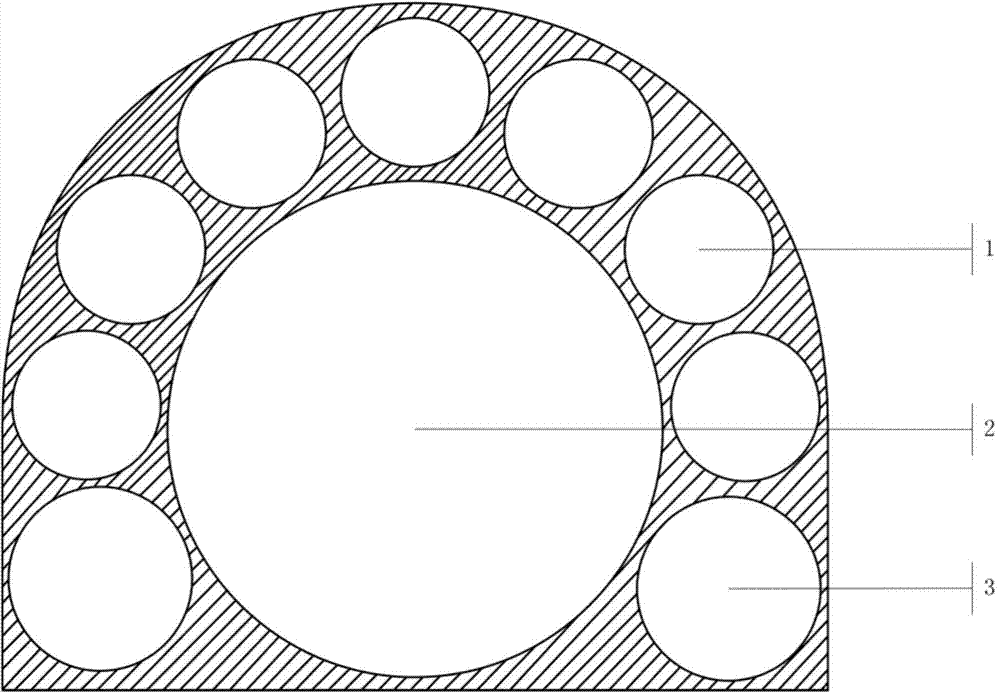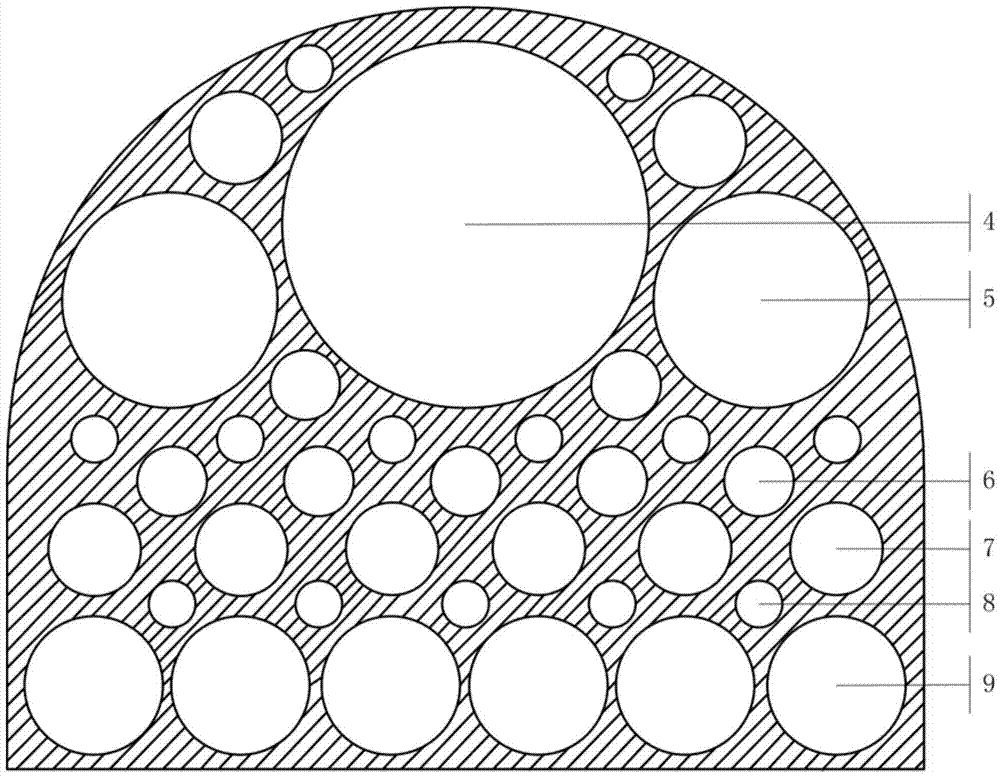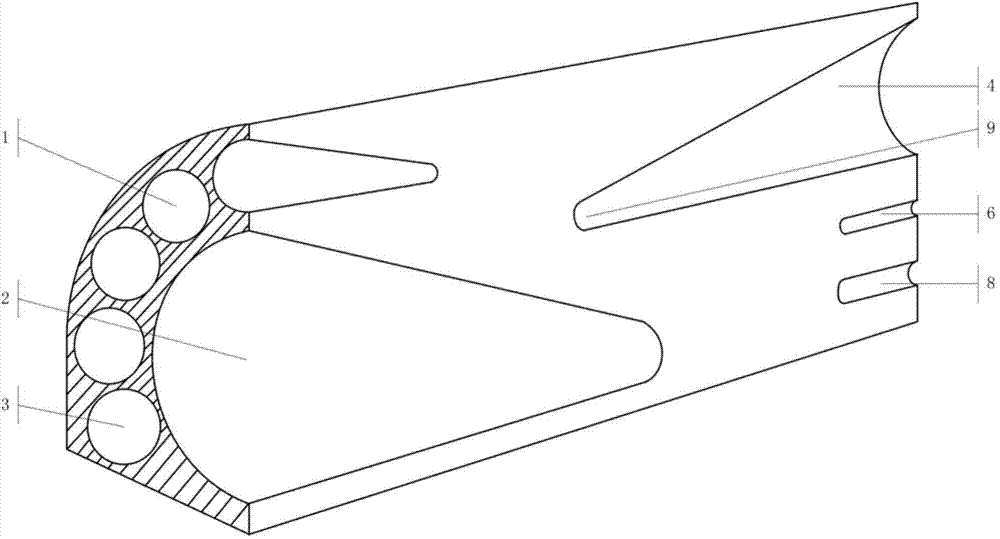Method and device for breeding octopus ocellatus larvae
A cultivation method and a cultivation device technology, applied in the field of octopus larvae cultivation method and device, to achieve the effects of improving larvae metamorphosis rate, low cost, and overcoming low survival rate
- Summary
- Abstract
- Description
- Claims
- Application Information
AI Technical Summary
Problems solved by technology
Method used
Image
Examples
Embodiment Construction
[0017] In May 2013, octopuses with complete arms and legs and plump carcass were selected as broods. There were 45 broods, including 25 females. The body weight of the parents was 249-1809g, with an average of 697.7g, and the total length was 41.2-88.4cm, with an average of 57.35cm. Parents placed at 18m 3 Ripening is promoted in the cement pool, and before the parent body is stocked, the holding pool is strictly sterilized. Parent octopus nests are placed in the breeding pool, and the number is 1.2 times the number of parents. The cultivation water temperature is 18.2-22.4°C, the salinity is 30-33, the pH value is 8.0-8.4, the light is 500-800Lx, and the dissolved oxygen is above 5mg / L. Change the water at 9:00 every day and clean up the residual bait. The daily water change is 200% to 300%. The bait is mainly downy crab, supplemented by Philippine clam. The bait is cast at 16:30 every day, and the bait rate is 12% to 16%.
[0018] Eggs are laid after 30-45 days of broods...
PUM
 Login to View More
Login to View More Abstract
Description
Claims
Application Information
 Login to View More
Login to View More - R&D
- Intellectual Property
- Life Sciences
- Materials
- Tech Scout
- Unparalleled Data Quality
- Higher Quality Content
- 60% Fewer Hallucinations
Browse by: Latest US Patents, China's latest patents, Technical Efficacy Thesaurus, Application Domain, Technology Topic, Popular Technical Reports.
© 2025 PatSnap. All rights reserved.Legal|Privacy policy|Modern Slavery Act Transparency Statement|Sitemap|About US| Contact US: help@patsnap.com



